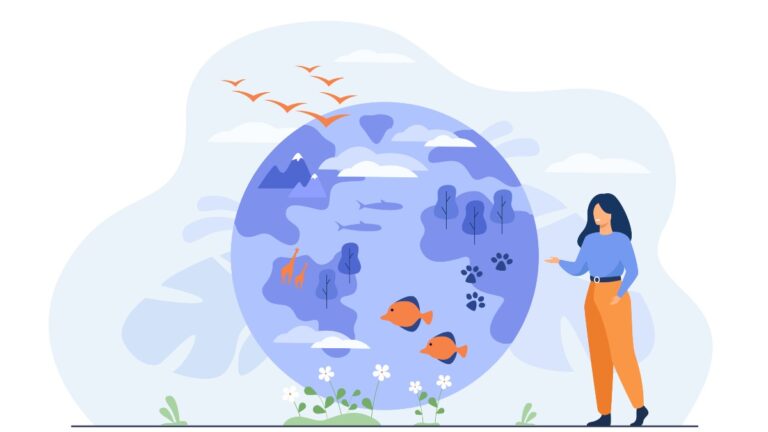By Preetika Chopra
In 2015, the United Nations General Assembly adopted the 2030 Agenda for Sustainable Development. 193 member countries, together with India, got committed to the 17 Sustainable Development Goals also known as Global Goals that need efforts to finish all types of poverty, fight inequalities and tackle global climate change whereas guaranteeing that nobody was left behind.
India contends a major role in creating the declaration and its progress in achieving these goals are crucial for the globe as it is home to approximately 17% of the global population. The SDG India Index, published by the NITI Aayog and UN, shows that the Indian state includes a score of fifty-eight, a bit on the far side halfway mark in meeting the aim set for 2030.
Purpose of Sustainable Development Goals
- Sustainable development means the development which matches the wants of the present, while not compromising the potential of future generations to fulfil their own needs.
- The aim of SDG is way wider than simply the environment. It is also regarding guaranteeing a prosperous, healthy and just society.
- This means meeting the various wants of all individuals in existing and upcoming generations, promoting personal well-being, social solidarity, and inclusion, and creating civil rights.
- The exponential growth of trade had resentfully affected the environment and is also against the ethics of sustainable development.
- In 2018, we were 1.1 degrees above the pre-industrial temperature already. And if the greenhouse emissions aren’t radically cut then by the end of the century the spike in the temperature could be 3—3.5 degree. Such a rise would have unchangeable and apocalyptic impacts across the planet.
Measures taken by our nation
- Clean Fuel- India introduced BS-VI petrol and diesel. Delhi was among the initial cities to hop from BS-IV to BS-VI. 13 major cities like Mumbai, Chennai, Bengaluru, etc made the shift from 1st Jan 2019.
- Saying no to plastic- India has made a pledge to eradicate the circulation of single-use plastic by 2022.
- Member of ISA (International Solar Alliance)- ISA is a group of 121 solar rich countries that are situated either on or between the tropics. Endeavour to achieve over 1000 GW of alternative energy and mobilize more than $1000 billion into solar electricity by 2030.
- Tackling Climate change- By decreasing the emissions intensity of its GDP by 33% to 35% by 2030 from 2005 level. And achieving about 40% additional electric power installed capacity from non-fossil fuel-based power sources by 2030, with the assistance of transfer of technology and low-cost international finance, as well as from Green Climate Fund. It is also with the goal to create an extra carbon sink of 2.5 to 3 billion tonnes of CO2 equivalent through extra forest and tree cover by 2030.
Progress of our states
Among the States, Kerala with Himachal Pradesh is leading with an SDG India Index score of 69. Among the UTs, Chandigarh could be leading with a score of 68. Kerala’s high rank is attributed to its superior performance in providing a better health sector, eradicating hunger, achieving gender equality and availing quality education. Himachal Pradesh ranks high in providing clean water and sanitation, reducing inequalities and being towards protective mountain ecology. Among the UTs, Chandigarh takes the lead due to its exemplary performance in providing clean water and sanitation to the public.
Few suggestions
Meanwhile, states like Assam, Bihar and UP have not done well within the index as their score was below 49. The Index will be helpful to States/UTs in order to achieve their initialization on the SDGs within the following ways in which, by supporting States/UTs to benchmark their progress against national targets and performance of their peers to know the explanations for differential performance and get better ways to attain the SDGs by 2030. And supporting States/UTs to spot priority areas within which they have to take a position and improve by enabling them to measure increasing progress. Further, highlighting information gaps connected across SDGs for India to develop its statistical systems at the national and state levels.




